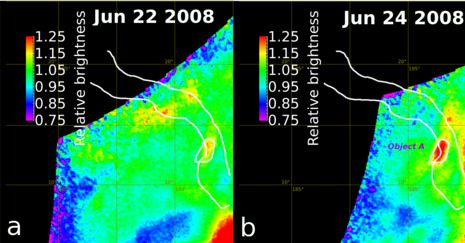The newest Republican proposal on Obamacare
Trying to avoid what’s in it: Faced with the possibility that the Supreme Court could declare that the Obamacare subsidies are illegal in most states, House Republicans have come up with a new bill to revise the law.
In the tentative responses discussed in separate closed-door meetings Wednesday, House GOP leaders said they would continue the subsidies for a year. Then, states could receive federal block grants for the following two years that they could structure into any kind of health care aid they wish. All of the health law’s regulations would end for those states, including popular ones like assuring coverage of children until age 26. In 2017 — when Republicans hope to control the White House — the entire health law would be eliminated.
The law would also immediately repeal the Obamacare tax on medical devices as well as the Obamacare advisory board designed to ration care to save money.
We know already that Obama will veto this plan, which to my mind is a good thing. The only solution that will work to fix Obamacare is to repeal it in toto. Partial fixes, even ones that last only a few years, can only cause more harm and will increase the chances that legislators will chicken out of full repeal when it is finally time to kick in.
Trying to avoid what’s in it: Faced with the possibility that the Supreme Court could declare that the Obamacare subsidies are illegal in most states, House Republicans have come up with a new bill to revise the law.
In the tentative responses discussed in separate closed-door meetings Wednesday, House GOP leaders said they would continue the subsidies for a year. Then, states could receive federal block grants for the following two years that they could structure into any kind of health care aid they wish. All of the health law’s regulations would end for those states, including popular ones like assuring coverage of children until age 26. In 2017 — when Republicans hope to control the White House — the entire health law would be eliminated.
The law would also immediately repeal the Obamacare tax on medical devices as well as the Obamacare advisory board designed to ration care to save money.
We know already that Obama will veto this plan, which to my mind is a good thing. The only solution that will work to fix Obamacare is to repeal it in toto. Partial fixes, even ones that last only a few years, can only cause more harm and will increase the chances that legislators will chicken out of full repeal when it is finally time to kick in.

